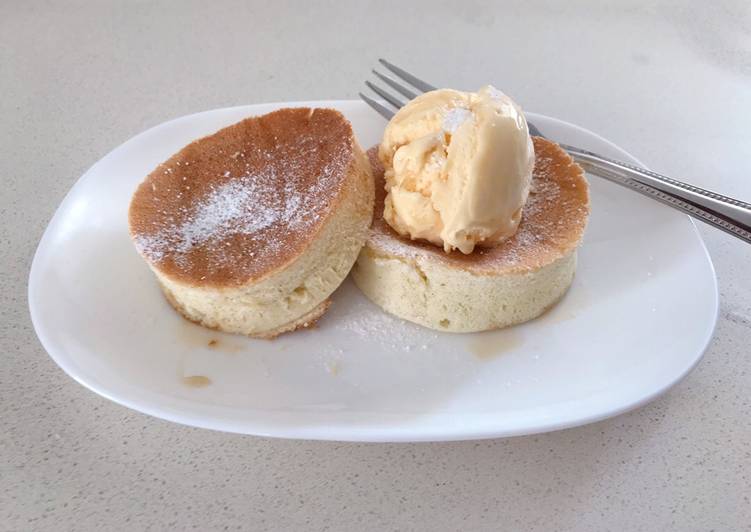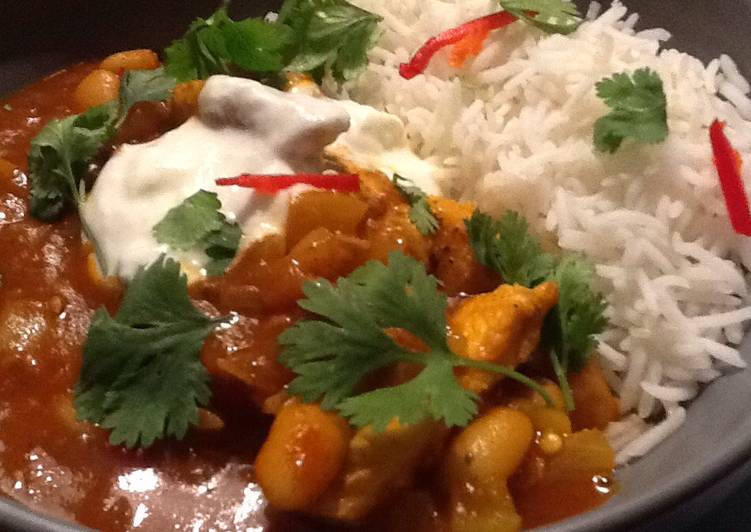
Filipino pancit - Family members warmth and closeness is usually obtained in simple approaches. 1 of them is cooking and serving food for the family. As a housewife, not surprisingly you do not want to miss a meal together proper? Cuisine can also be the essential to a content loved ones, quite a few feel homesick due to the fact their cooking has been identified elsewhere.
So for all those of you who like to cook and like it or not you've to supply food for the family members, needless to say you also never want the identical dishes, correct? You may cook with new and easy variants. Mainly because now you may effortlessly uncover recipes with out getting to bother. Like the following Filipino pancit which you may imitate to be presented for your beloved loved ones.
Pancit Canton, Pancit Bihon, an Bam-i are all varieties of a stir-fried noodle dish that make for some very happy birthdays at CSC. Pancit will forever be one of my favorite Filipino foods. Pancit is a Filipino inspired noodle dish that is full of flavor and easy to enjoy!
Filipino pancit is one of the most popular of recent trending meals in the world. It's appreciated by millions every day. It's easy, it's quick, it tastes delicious. Filipino pancit is something that I have loved my entire life. They're nice and they look fantastic.
To get started with this particular recipe, we must first prepare a few ingredients. You can cook filipino pancit using 11 ingredients and 10 steps. Here is how you can achieve it.
Ingredients needed to make Filipino pancit:
- 2 c fresh green bean (cut approx 1/2")
- 1 c shredded carrots
- 2 c cabbage
- 2 c celery (sliced)
- Half medium yellow onion (sliced)
- 4 cloves garlic cloves (minced)
- 1/4 c soy sauce
- 1 lb Boneless skinless Chicken thighs (cut into bite size pcs)
- 32 oz organic chicken broth
- 4 pkgs bean vermicelli
- 8 oz rice stick (rice noodles)
Pancit is the word for noodles and to add to the confusion there are different types of. Pancit Palabok is another Filipino noodle dish with a Chinese origin. It's called palabok because of the bright colored orange shrimp-flavoured thick sauce covered the thin rice noodles. Pancit Bihon is a popular Filipino rice noodle dish.
Steps to cook Filipino pancit:
- Drizzle olive oil into a medium or large size pan on med heat; then saute chicken until it's white (approx 2 min). Set aside.
- Clean same pan used for chicken. Drizzle olive oil into pan then saute onions for about a minute then add the garlic until fragrant (approx 30 sec).
- Add celery and carrots for about 5 min.
- Add green beans and cabbage and cook for another 5 min.
- Lower the heat to simmer for the next 20 min.
- While the vegetables are simmering, boil approx 2 qts of water in a large pot. Place rice sticks in the boiling water for 3 min. Remove from boiling water and placing in the simmering vegetables.
- Place bean vermicelli in boiling water for 3 min. Then drain and place in simmering vegetables.
- Gradually add 32 oz of chicken broth to the vegetables and noodles while it continues to simmer to allow for the noodles to slowly absorb.
- Add the cooked chicken that was set aside and mix well.
- Constantly mix well until the rest of the ingredients are cooked (approximately another 10 min).
This is made-up of rice noodles, meat, and Shrimp Pancit Bihon is a version that use shrimp, along with the usual vegetables such as carrots. Just like other Asian cultures, Filipinos view noodles as a symbol of long life. Despite it being substantial, Filipinos rarely view pancit dishes as a full meal unto itself. I love pancit, which means noodles in Filipino language. Pancit Bihon (Filipino Fried Rice Noodles) is a classic Filipino noodle dish that is easy to make with simple ingredients.
So that's going to wrap it up for this special food filipino pancit recipe. Thanks so much for your time. I'm sure you will make this at home. There's gonna be interesting food at home recipes coming up. Don't forget to bookmark this page in your browser, and share it to your family, colleague and friends. Thanks again for reading. Go on get cooking!

